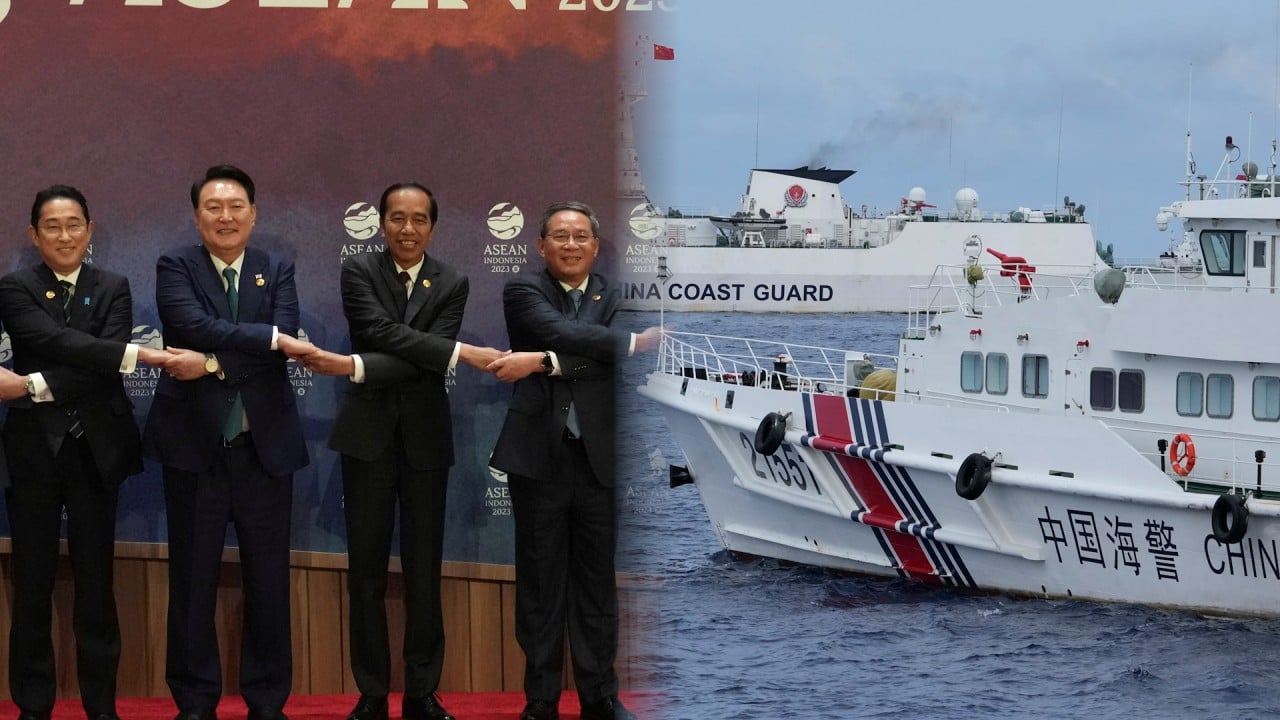
China pushes ‘pivot to South and Southeast Asia’ with Yunnan province as gateway to vast market
- National Development and Reform Commission pledges to support Yunnan with transport, logistics, energy and digital connection with southern neighbours
- China urged to seek ‘cooperation opportunities with emerging markets, including Southeast Asia, to offset its falling trade with developed countries’
Billed as the “pivot to South and Southeast Asia”, Yunnan has been tasked with building the “high land” of opening up, according to a statement by the National Development and Reform Commission (NDRC), the country’s top economic planner.
It pledged to further support Yunnan, which borders three Southeast Asian neighbours – Myanmar, Vietnam and Laos – to “speed up the construction of major international corridors” via transport, logistics, energy and digital information connection with its southern neighbours.
“[We will support Yunnan] to expand and strengthen its unique advantaged industries and support the province to actively undertake domestic and international industrial transfers,” the agency said.
Liu Yuanchun, president of Shanghai University of Finance and Economics, has called on Beijing to deepen economic cooperation with Asean countries, viewing the region as a buffer against US moves to decouple from China.
“[The region] plays an important intermediary role and an indirect bridge between China and the West,” Liu said in an interview with Chinese media The Paper on Thursday.
Last year, China’s trade with Asean was US$975.3 billion – up from US$641.5 billion in 2019 – which is a 24-fold increase since 2000, according to customs data.
Liu said China must proactively explore more cooperation opportunities with emerging markets, including Southeast Asia, to offset its falling trade with developed countries.
The country’s exports to the European Union and the US declined by 19.58 per cent and 9.53 per cent in August respectively, year on year, according to China Customs.
China’s exports to Asean fell 13.25 per cent from a year earlier in August, according to customs data.
In the first eight months of this year, the total trade value between China and Asean was 4.11 trillion yuan (US$562.3 billion), accounting for 15.2 per cent of China’s total foreign trade.
China signed 470 investment and cooperation projects with Asean countries, with a total investment of 487.3 billion yuan (US$66.6 billion), of which more than 65 per cent is in the manufacturing sector, during the China-Asean expo in September.



